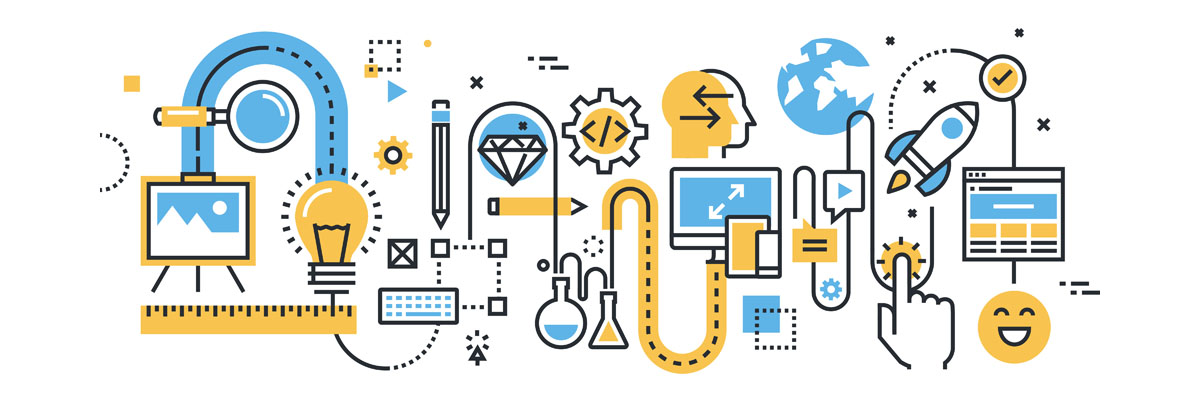Objects connected to a Network are becoming more and more common in our daily lives. In this article, we will discuss some initiatives concerning smart bottles.
Contact us for your B2B market research
Summary
Healthy smart bottles encourage their users to drink more
Two significant points stand out when we talk about smart bottles. On the one hand, more and more smart bottles are being proposed to the consumer, allowing them to keep track of how much water they drink per day and encouraging them to drink more. This type of bottle is connected to your smartphone to allow you to monitor when you drink the most water, adjust your goals and adapt them to your activities. Some bottles go even further and warn their users when the water is no longer pleasant to drink – too hot, or stagnant.
These bottles are also suitable for younger people. Gululu integrates into its smart bottles an interactive game system that encourages children to drink to keep their little on-screen characters alive.
Marketing and communication resources of smart bottles
The smart musical bottle
There have been many alliances established between beverage manufacturers, in particular, alcoholic beverages, and technology companies. As part of its 2015 campaign for their alcohol-free beer, Miller launched its first connected bottle, incorporating a system, developed by CCL Kontur, that offers consumers the ability to scan the label of their drink. Thus, they find themselves on the website of the company which examines their face and adapts, thanks to artificial intelligence, the background music of the site to the moods detected on their face. This innovation is reminiscent of what some retailers are already doing in the United States by equipping their shelves with cameras capable of measuring customers’ emotions.
Interact with the consumer using the product
Diageo – a multinational company, operating in the alcoholic beverage sector – and Thin Film Electronics – a Norwegian company, specialising in printed electronic circuits – have joined forces to create the Johnnie Walker Blue Label connected bottle. The latter incorporates NFC (Near Field Communication) printed sensors allowing consumers to receive information about the bottle on their smartphone. These sensors detect the condition of the bottle, whether it is open or still sealed, but also allow the brand to send communications adapted to each consumer’s profile — a way for the brand to be closer to its consumers. We, therefore, realise here that the connected devices allow a brand to communicate directly with the consumer (and to capture their data), which is, of course, impossible when a third party distributes the product. This direct relationship will undoubtedly be one of the major trends in retail in the future.
Protect and reassure the consumer
This technology is also a vital tool in making counterfeits quickly identifiable. Security is one of the objectives of the brand Rémy Martin in associating with Selinko. Indeed, the NFC technology used integrates an anti-counterfeiting chip into the cap of the bottle to ensure the consumer the origin of the product but also a verification of the first opening of the bottle. Double security to reassure the consumer and allow him to interact directly with the product via his smartphone.
Are the smart bottles without limits?
We can consider the limits of smart bottles – and indeed of connected objects – as the requirements of consumers. The example of Kuvée, an American start-up, is a good example. After launching its crowdfunding, the pre-orders were used-up in just a few hours. However, today, the company has filed for bankruptcy. Kuvée offered connected wine bottles, equipped with a touch screen allowing the consumer to be informed about the origin of the wine, the vines, association councils, and so on.
A parallel between Kuvée and the smart speakers, whose penetration, although impressive, remains limited by the very behaviour of the users and the added value they receive from the device can be considered. In the case of Kuvée, the added value remains low compared to the traditional labels on wine bottles, which often describe the same elements. The question may also arise depending on the diversity and price offered by Kuvée.
Image: Shutterstock
Posted in Innovation.
